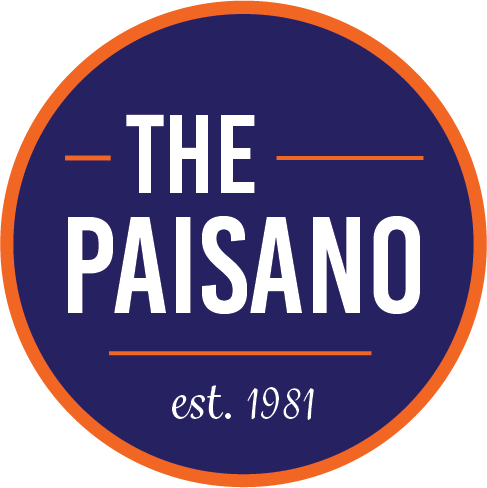The UTSA biomedical engineering program has obtained a rare machine that is capable of printing tissues and can possibly regenerate organs. The acquired device is a new development in regenerative medicine, and UTSA is currently the only Texas university that has this type of technology. The piece of equipment formally called the Envision-TEC 3D-Bioplotter System, or better known as a 3D bioprinter, resides in assistant professor of biomedical engineering, Dr. Teja Guda’s laboratory.
The device is often compared to an average 3D printer, but unlike a 3D printer, it is able to print living cells and can keep them from dying.
This is possible because the bioprinter functions without high pressure or heating.
The new technology is predicted to eventually offer benefits such as preventing amputations, transplanting organs and regenerating tissues.
Dr. Guda explains a driving factor to his current research, “a large amount of this research is inspired by the ability to restore wounded soldiers coming back from war so they don’t have amputations and have better choices in terms of regenerating tissues.”
Dr. Guda and his team of undergraduate and graduate students have already started testing the 3D bioprinter with silicone. They have recently printed a silicone jawbone by using a CT scan of a man’s jawbone that was injured in a rodeo accident.
Dr. Guda will soon move on to printing skeletal muscle, bone grafts, salivary glands and organ tissue using extracted cell samples from lab rats.
Dr. Guda and his team will essentially develop their own materials with embedded living cells.
“What our lab focuses on is creating inks with living cells so we can put them into the machine,” says Guda. The cells will be loaded up into small syringes that will be inserted into the bioprinter. The device will then print out the tissue material layer by layer and which will allow for fine, delicate and intricate construction of the organ or tissue printed.
Once printed, the tissue will be transplanted into the animal to determine if the tissue will work like the original tissue. The challenge of the process will be to make sure the tissue’s cells remain alive and that the tissue maintains its shape. Dr. Guda explains that although this technology now exists with the 3 bioprinter, there is still progress that needs to be made to better understand how tissue regeneration can be achieved, “with biology, the science usually takes a while to catch up, so it’s not so much a technology problem as it is a science and clinical problem to ensure that people have safe solutions for regenerative medicine.”
While Dr. Guda’s research is in its beginning stages, there are great prospects to this new technology.
He believes that transplantation of simpler tissues will become achievable in about four to five years.
When it comes to more complex organs such as livers, hearts and kidneys, Dr. Guda believes the printed organ transplantation will be possible in about a decade.
According to Dr. Guda, the bio printer is a building block for the progressive future of regenerative medicine.










